The plastic sea of greenhouses seen from the top of a skyscraper which is just being built in El Ejido.
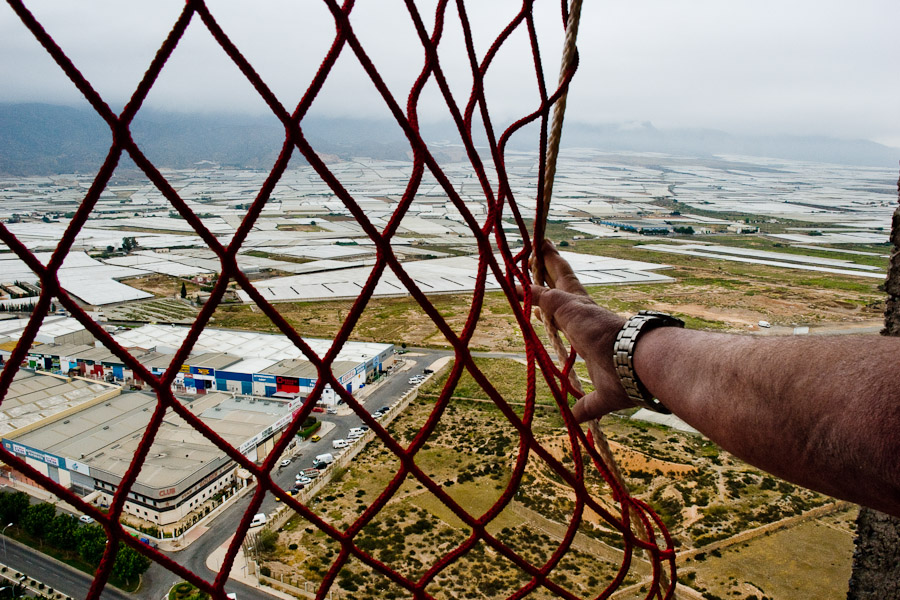

Subsaharians are mostly employed for the lowest salary possible.
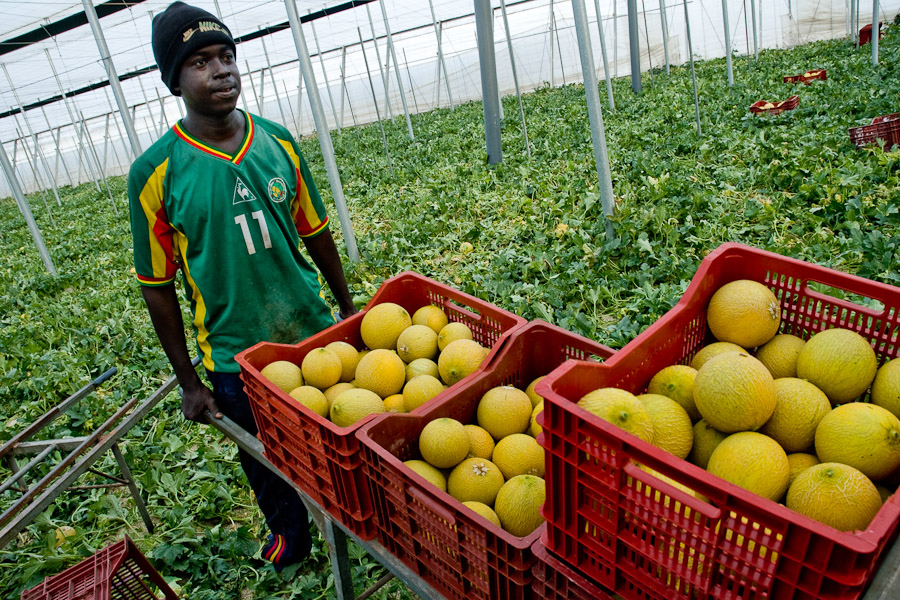

Dry region on the coast of Andalusia supplies tomatoes, peppers and melons for half of the Europe.
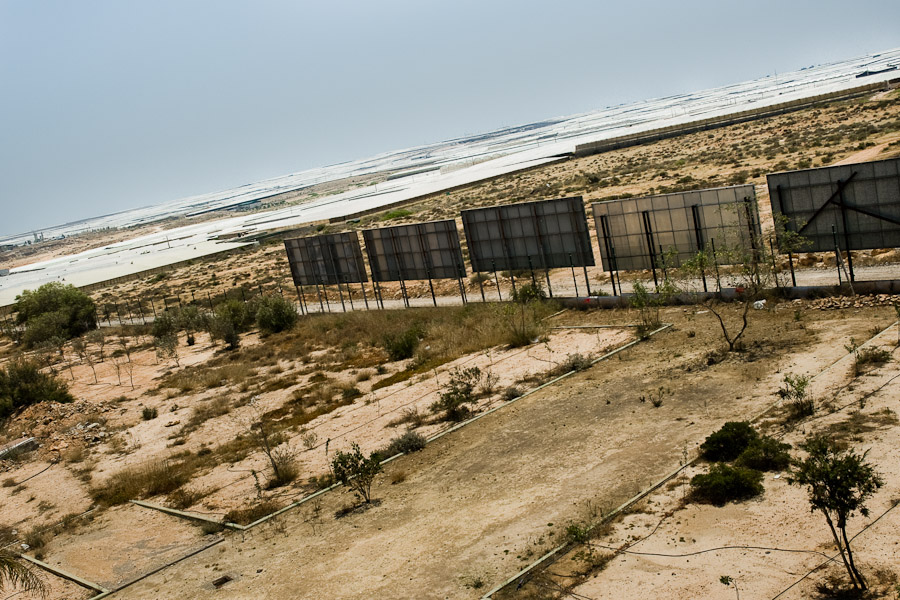

Maghreb immigrant worker watching through the window in the green-house.
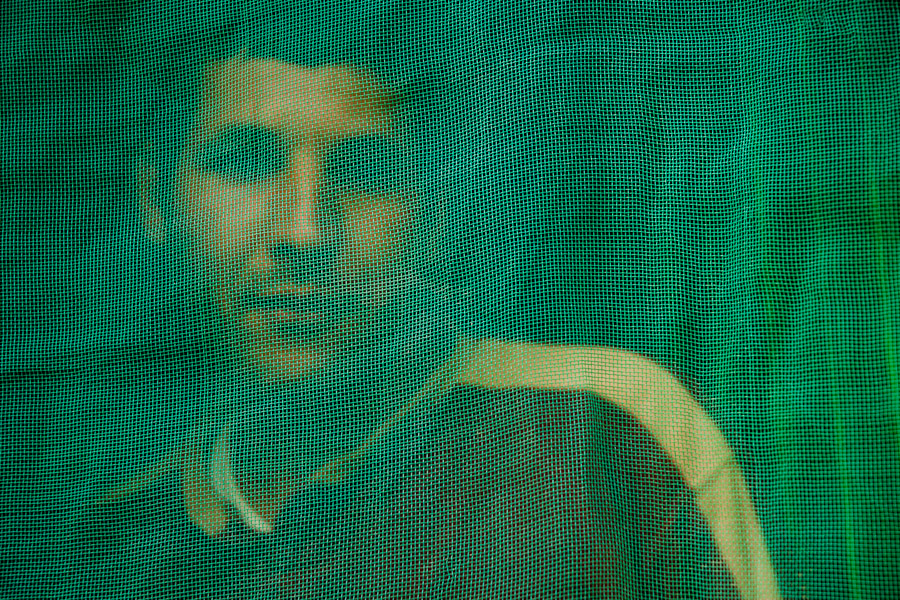

Immigrants live in very basic conditions, usually three and more persons in one room flat.
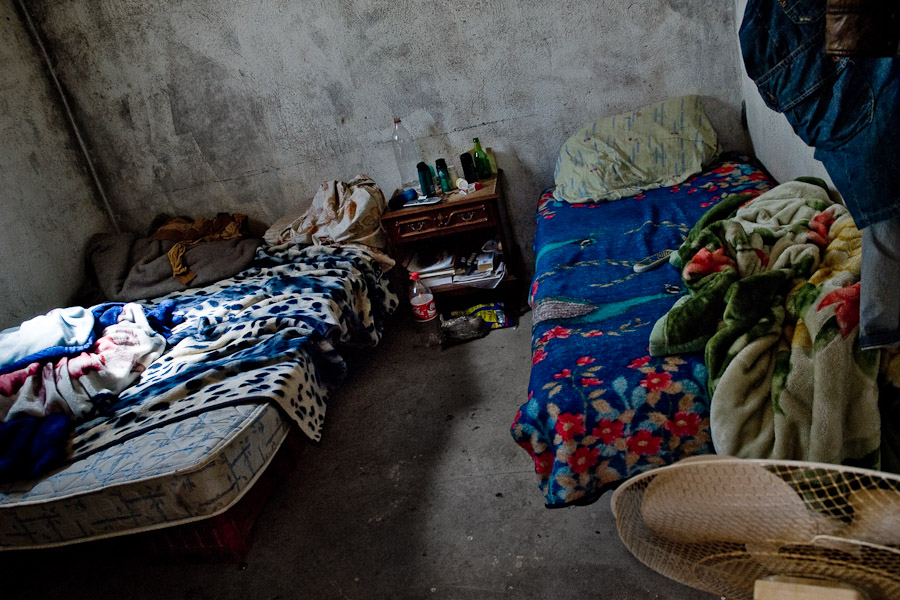

El Ejido is the centre of vegetable and fruit production for the Spanish market.
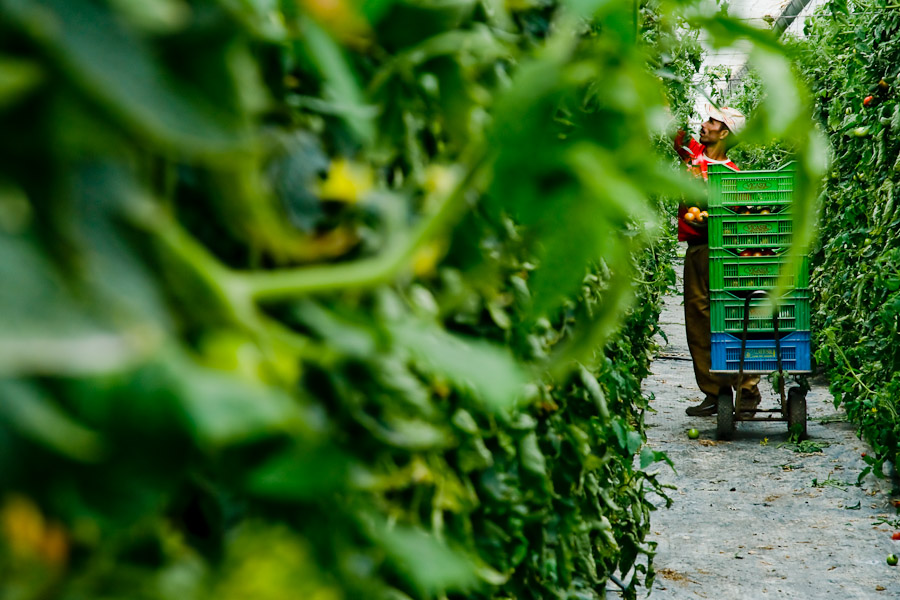

Moroccan immigrants mostly do not speak spanish because they do not leave their ghetto communities.
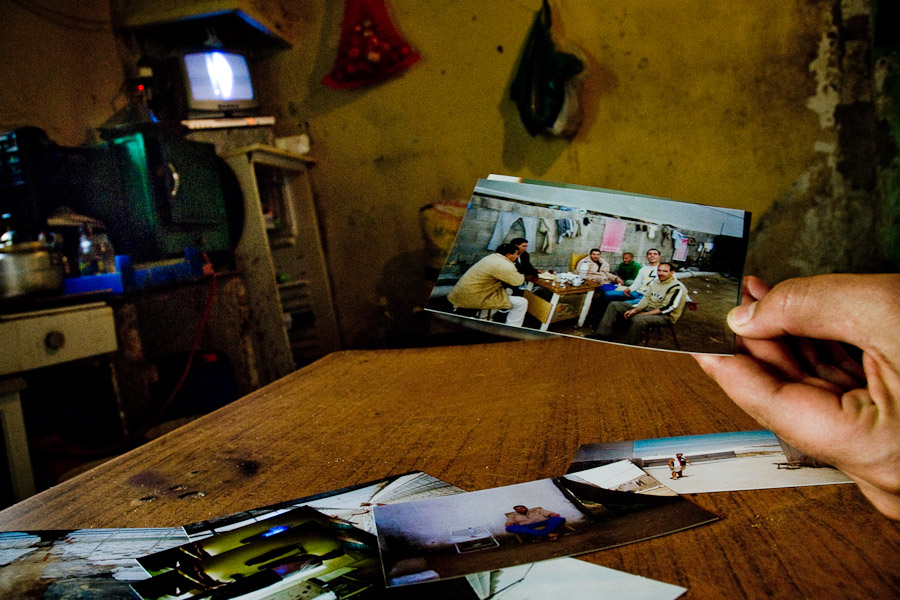

Illegal subsaharian immigrant building a greenhouse in El Ejido.
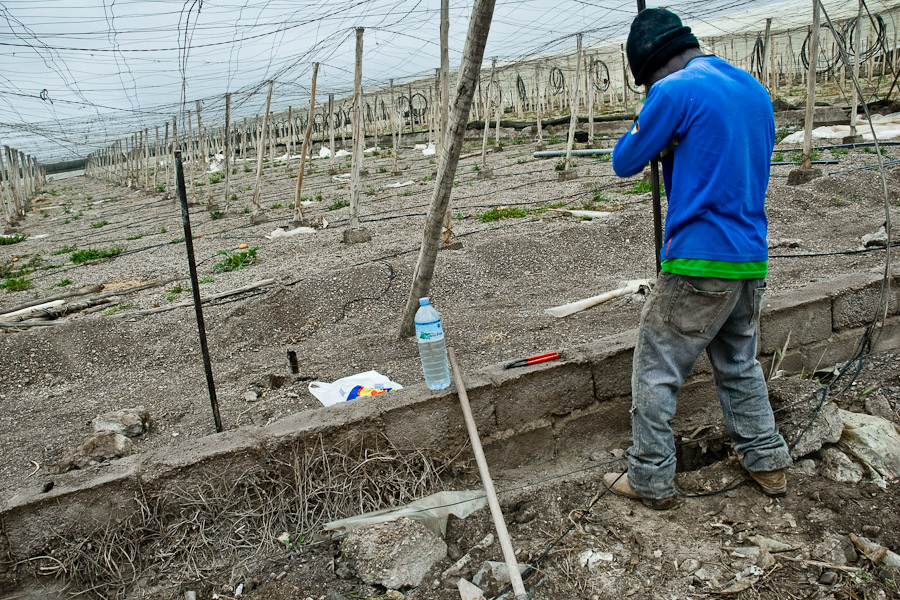

Maghreb immigrant worker hand-picks tomatoes in the green-house of El Ejido, Spain.
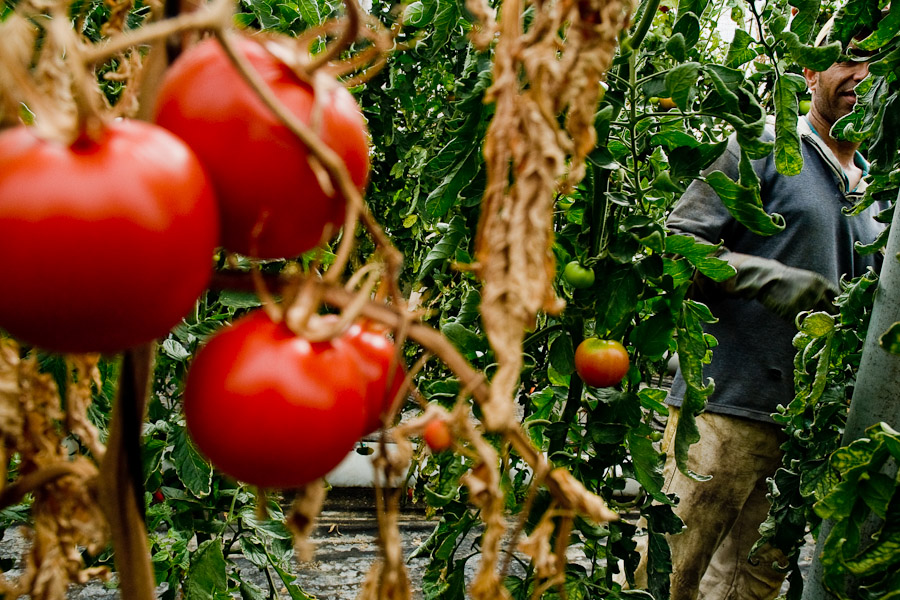

Moroccan immigrants in Spain
El Ejido, Spain – 29 June 2007
El Ejido, a dry region on the coast of Andalusia, has changed during the last decades into the centre of vegetable production not only for the Spanish market. A half of Europe is supplied by tomatoes, peppers and melons from El Ejido. This "economic miracle" is from a major part based on a cheap labour force of illegal immigrants from Maghreb and Subsaharian Africa. Tens of thousands of workers keep the plastic sea of greenhouses running for the minimum wage of 30 Euros a day.
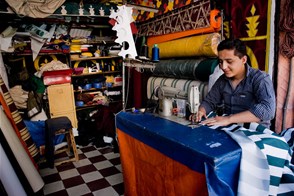
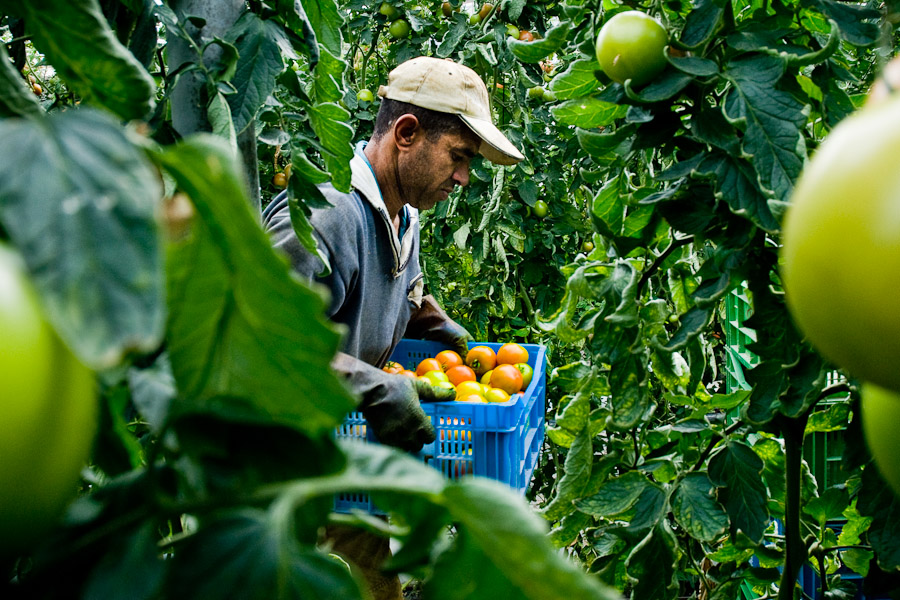
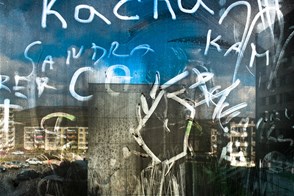
I'm teaching in Morocco and my sutdents are now reading Hope and Other Dangerous Pursuits, a fictionalized account of a group of 4 individuals who try to cross the Strait of Gibralter but are caught. I'm going to use your images to have the students predict before we read a background piece on the numbers of Moroccans who migrate out of the country looking for economic opportunity. Thanks. They are starkeyet beautiful.
K8
04.02.2014 – 07:28
Amazing photos. I worked as a teacher last year in El Ejido and you've really captured the feeling of the town. I'm now writing my thesis on the socioeconomic changes brought by Immigration in El Ejido and your photos are very inspiring.
Roisin Moore
04.02.2013 – 10:12
Jan!Saludos, no se se me recuerdes, te conocí en Cuba afuera del acto político de Raúl Castro, soy uno de los mexicanos con quienes platicaste. Me encanta tu trabajo, en verdad es eres muy buen fotógrafo, sabes captar lo más profundo de los seres humanos. Algún día tienes que venir a México, puedes quedarte en casa si lo deseas para acompanarte a hacer algunas fotos.Un abrazo y mucha suerte.
Fernando Gutierrez
06.09.2008 – 22:53
I love your work. I am an editorial photographer and love people. I work with Sudhir Ramchandran, India, Asia's leading photographer. Would love to assist you some day!
Divya OStwal
19.06.2008 – 10:33
Great reportages, great and atmospherical pictures. And, beside, a very aesthetic webdesign. I'm looking forward to the next pictures.
tino
03.05.2008 – 00:22
nice photojournalism series. i like your style of showing important facts of the chosen topic
chris
02.05.2008 – 18:06
Great work!! I really enjoy your photography and recently added your link to my new project, ILovePhotoBlogs.com. Keep up the great work and I invite you to check out my site when you have a moment.
rick
04.04.2008 – 05:52
The 2nd picture has quite some interesting story. Hopefully they don't jump off. Great contrast also.
Jan
05.03.2008 – 17:09